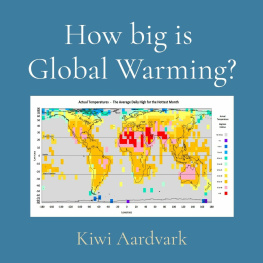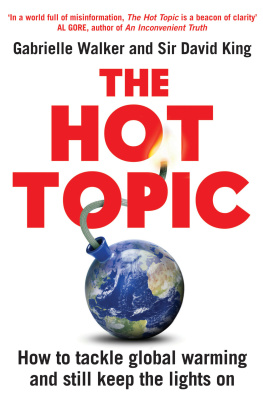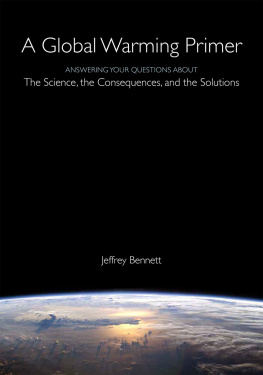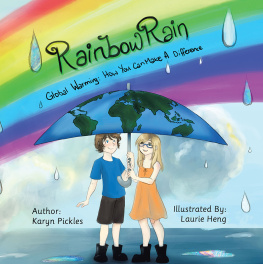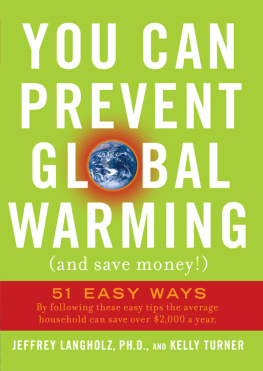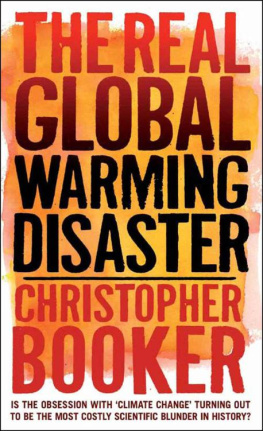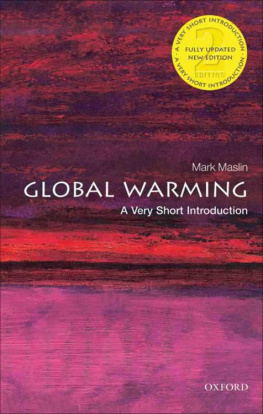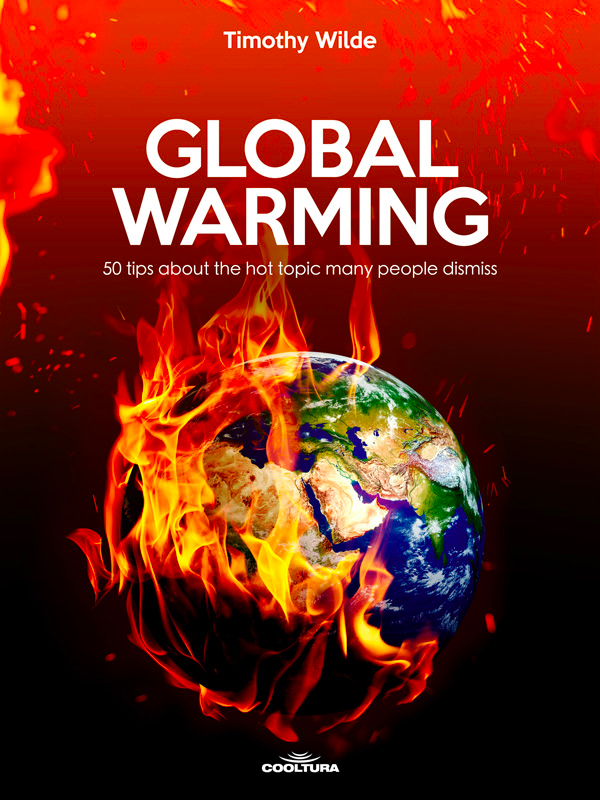The edge of forever
In early 1980, Western television was fueled by American TV shows that have now become cult series. Viewers attention was divided between the different options: the adventures of a duo of amusing policemen, the unrealistic story of a cyborg or the weepy saga about a family living on the prairie.
While it was unprecedented at the time, a thirteen-chapter scientific TV series managed to take off and enter into the minds of the parents and children of the time, who are now parents. It was Cosmos: A Personal Voyage , written and presented by science popularizer Carl Sagan.
In the midst of the Cold War, Sagan was the first thinker who mentioned a warm war. For the first time in history, someone in the mass media warned us about the existence of a phenomenon that could accelerate the decline of our planet. More than three decades later, that issue is surprisingly relevant.
Some episodes of the series hinted at nuclear warfare, which is not likely to happen nowadays. However, it also introduced the first statement about the dangers of climate change caused by humans.
Among the many theories presented, Carl Sagan argued that if we think of a balloon covered with a coat of varnish, the width of the varnish in relation to the balloon would be comparable to the width of the atmosphere in relation to Earth. In other words, the atmosphere is thin enough so that human beings are able to change its composition.
This comparison is still valid and we will use it as a starting point to discuss the issue of global warming.
DECALOGUE OF KEY FACTS
- 1
The greenhouse effect
We know that solar radiation reaches the Earth in the form of light waves. Part of that radiation is absorbed and warms the surface of the Earth, while the rest is reflected back into space in the form of infrared radiation. However, at the same time, the atmosphere retains some of that radiation.
This phenomenon, known as the greenhouse effect, keeps the surface temperature within certain parameters, and ensures it is stable and suitable for life.
If the atmospheric layer became too thin, more radiation would escape and the Earth would cool down. On the other hand, if the atmospheric layer became too thick, it would retain more radiation and the earth would warm up.
The gases that increase the density of the atmospheric layer are called greenhouse gases; one of them is carbon dioxide, whose excessive emission causes the progressive warming of the Earth.
Venus is an epitome of this process, as on this planet volcanic activity has increased the surface temperature to the point that the oceans have evaporated and the water vapor has created a constant atmospheric layer that prevents heat from being released. On Venus, the greenhouse effect increases the surface temperature above 400 Celsius. On the outside it is a white planet, a dense and peaceful layer of clouds, and on the inside a red hell.
- 2
The balance of gas emissions
On Earth plants keep the temperature stable for animal life through a process called photosynthesis. Plants and some bacteria gather and use light energy to transform inorganic matter into organic matter, and use it to grow and develop. During photosynthesis, plants consume atmospheric carbon dioxide and release molecular oxygen into the atmosphere.
Therefore, forestation achieves a high consumption of carbon dioxide and an equal release of oxygen. Deforestation, on the other hand, prevents carbon dioxide from being consumed and it is retained in the atmosphere, which increases its density and, consequently, the average temperature of the Earth.
- 3
Climate change
Climate change is the significant and long-term increase of global weather patterns and temperatures. The causes can be natural, such as variations in solar radiations received by the Earth, volcanic eruptions, ocean currents or biotic processes. However, it can also be the result of human activities that send out excessive amounts of carbon dioxide and other gases that cause the atmosphere to retain heat, or the exploitation of large expanses of land.
- 4
Global warming
Therefore, global warming is a man-made meteorological phenomenon that has caused a 0.8 C increase in Earths average temperature since the end of the XIX century. Measurements suggest that two thirds of this increase were caused from 1980 onwards.
The increase in temperature is the result of the increased emission of greenhouse gases, which has formed an increasingly thick atmospheric layer, absorbing solar energy and subsequently causing global warming.
The major greenhouse gas is carbon dioxide (CO) (produced by coal-fired power generation plants and emitted by cars). Most of these gases come from the United States, China, India and Japan.
- 5
The carbon cycle
In natural conditions, carbon fulfills a constant cycle by which it is exchanged between the air, soil and water, being naturally released in the form of carbon dioxide.
Carbon dioxide leaves the atmosphere through photosynthesis, dissolving into the ocean, or in the form of precipitations into bodies of water or raindrops.
The processes that generate carbon dioxide are the decomposition of animals and plant organisms, the respiration of animals breathe oxygen and release carbon dioxide, natural emissions from volcanic eruptions, the combustion of fossil fuels, and forest fires.
The natural balance of the absorption and release of carbon dioxide is very fragile and can be easily altered.
Deforestation and the increase in the use of fossil fuels have raised the emissions of carbon dioxide above its absorption level.
- 6
The relationship between greenhouse gases and temperature
When exactly the temperature began to increase is still under discussion. Most theories argue this change began with the industrial revolution.
Originally, there were some scientific assessment errors. Before World War II, it was thought that there would be a global cooling. Instead, the temperature increased, which was attributed to the depletion of the ozone layer. Scientifics argued that the main cause of global warming was aerosols, but once we managed to minimize their use, it was evident that they were not the real cause.
Later, it was speculated that the cause was the increase of greenhouse gases resulting from human activities such as the combustion of fossil fuels (carbon, gasoline, natural gas and oil) and the decrease of elements that absorb these gases, caused by deforestation. In 2013, this theory had a 95% likelihood.
Charles D. Keeling, professor at the Institution of Oceanography (La Jolla, California), measured the amount of CO2 in the atmosphere from 1948 to 2005. Based on his measurements, he designed a graph that plots the gradual and ongoing increase of carbon dioxide.
The figures obtained raised the speculative issue of global warming to scientific importance. The Keeling curve shows the annual variations in the concentration of atmospheric carbon dioxide, whose levels rise in winter and decrease during summer, when plants take higher amounts of carbon dioxide.
A few years ago, an extended Keeling curve was published, which compares the temperatures and the concentrations of CO2 during the last 425 thousand years. This data came from an analysis of the air bubbles trapped in the Antarctic ice that accurately represents the atmosphere of the past.
This measurement indicated that, during the last 425 thousand years, the concentration of CO2 has been between 180 ppm (parts per million) and 280 ppm. Today it is 380 ppm. It is anticipated that, if action is not taken, by 2040 the concentration of CO2 will have doubled.


